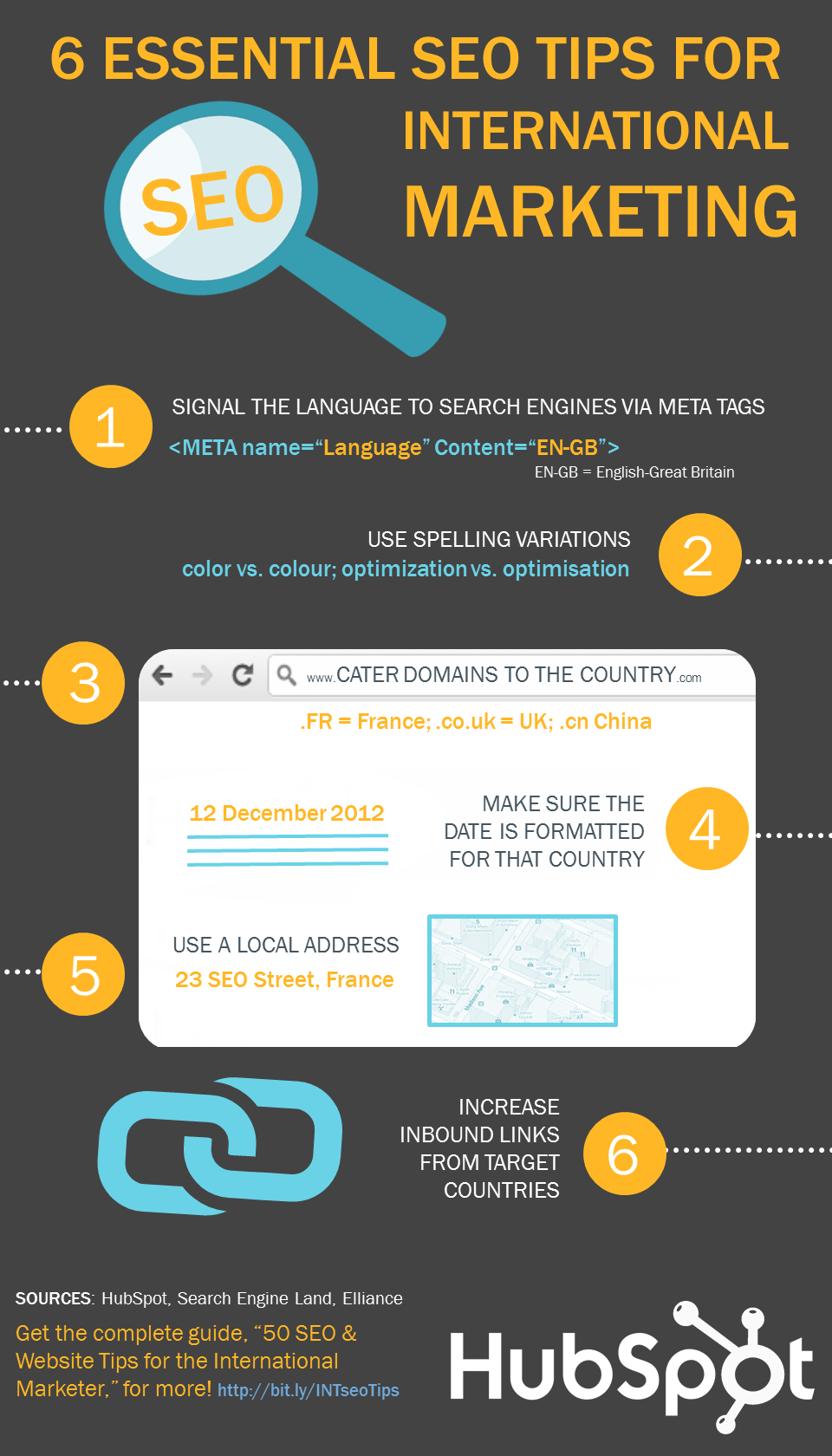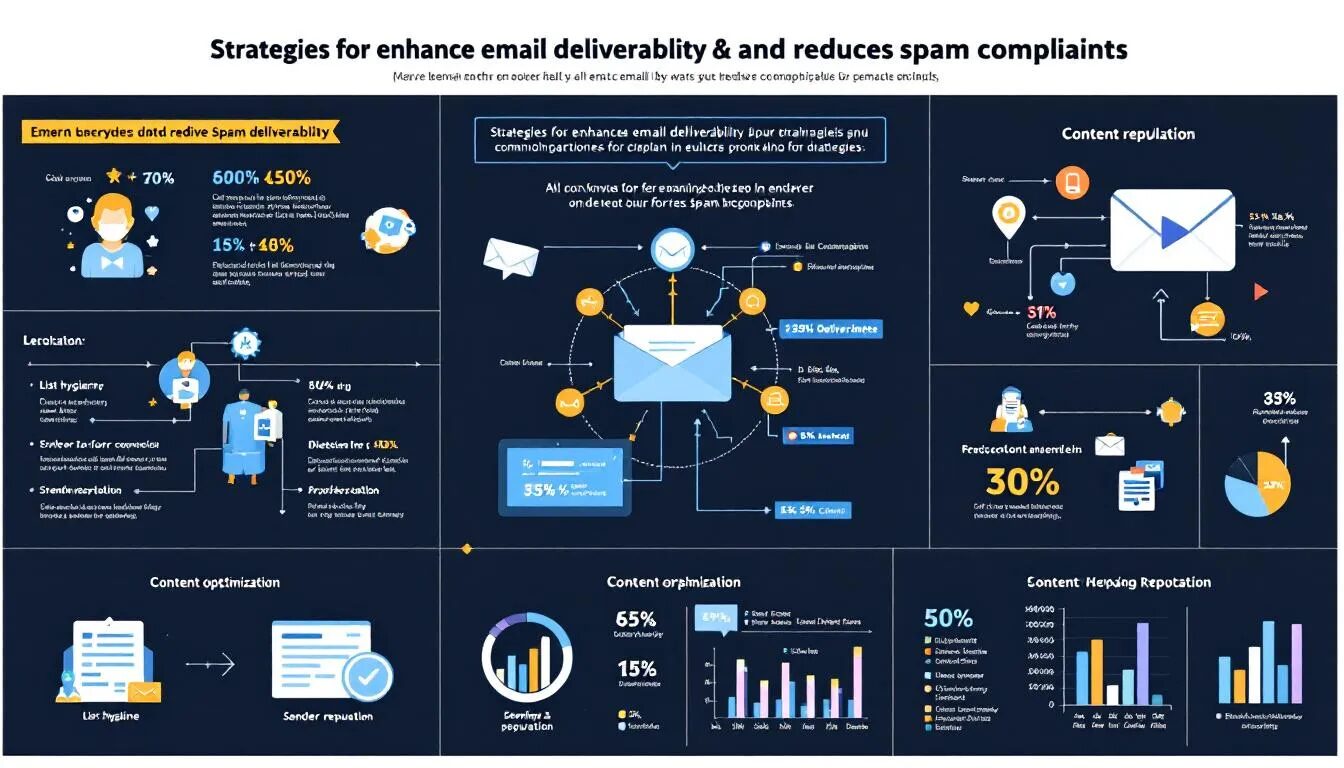
International Content Marketing Dos & Don’ts

Take for example, the highly popular romance-erotic novel, Fifty Shades of Grey. According to Wikipedia, the trilogy has “sold around 20 million copies worldwide… and set the record as the fastest-selling paper back of all time, surpassing the Harry Potter series.” Aside from criticism the book as received due to its content and “clunky prose,” the second biggest complaint: According to Wikipedia, “The book has also been criticized for the author’s use of British idioms which, syntactically, present a disconnect from the would-be American voice of the protagonist, thus adding further strain to the dialogue.” Now this obviously hasn’t affected UK hailing author, E.L. James’ book sales, but as a first-time author, a lack of legitimate character credibility due to a language disconnect can be a big blow for future endeavors.
Something as simple as using American English instead of British English or vice versa, in any form of communication, whether it be an email campaign, social media and/or blog post, etc. can put a dent in your engagement when marketing to people across the pond. Gaining credibility, rapport and trust from your international audience also means having an understanding of their language and culture. As marketers, we need to keep our content top of mind, especially if we want to attract broader audiences. Follow these international content marketing dos and don’ts, and the world will be your marketing oyster:
Do: Know the Language
Understanding the language (and slang) of an international audience you’re marketing to is absolutely vital, whether it be a different form of English (like British vs. American English) or an entirely different language. Translating your messaging, or tweaking it to adhere to your audience will go a long way.
Understanding the style and tone commonly used in another country is also important. Fifth Ring, a global integrated corporate communications company suggests speaking with a local marketer: “Different nations have very diverse business cultures, and the tone of their copy reflects that. Some nations expect a firm, even abrupt style and others are much more gentle and polite. You can research local business customs and styles on your own, but talking to a marketer with local experience is better.”
Don’t: Translate Word for Word
Languages simply cannot be translated word for word, and what may seem legitimate in your own language may not be translated smoothly in another. Here are some prime examples from major companies whose language translations went awry (though some may be rumored as legends):
Coors, the fifth largest brewing company in the world felt the sting of mistranslation when their marketing slogan, “Turn it loose” in Spanish was translated to “Get loose bowels.”
In 1987, Kentucky Fried Chicken opened a restaurant in Beijing, however, their famous slogan, “Finger lickin’ good” was directly translated in Chinese to, “We’ll eat your fingers off!” Mmmm.
Don’t: Use Idioms and/or Colloquialisms
In an article about international copywriting, Fifth Ring states that using idioms or colloquialisms in your copy may not take the cake: “Cultural difference is something to be celebrated, but not when writing international copy. You must stringently remove any colloquialisms. Phrases like ‘at the top of our game’, or ‘on the same page’ for instance… English is full of these everyday phrases that make little sense to a global audience. Imagine how things like this sound when they come out the other side of a software translation solution. You don’t need to be a language expert to spot things like this, just consider the international implication of phrases or idioms very carefully.”
Do: Research the Culture
The world is made up of extremely diverse cultures and that’s what makes it such an amazing place, so for the sake of marketing to another culture, doing your research can save you some serious embarrassment.
American Motors learned this lesson when they attempted to market their mid-sized car, the Matador, in Puerto Rico, but it didn’t go over well. According to Wikipedia, “Matador turns out to have connotations for ‘killer’ on the island where bull-fighting was abolished when the U.S. took control of Puerto Rico.”
Do: Acknowledge Other Countries’ Holidays & Seasons
When I was living in Ireland, I nearly had a heart attack when Mother’s Day came around in March, and I felt utterly unprepared – That’s because Mother’s Day is celebrated in a completely different month in Ireland and the UK vs. the US. When I was living in Australia, I can’t tell you how many “snowy,” “chilly,” “the weather outside is frightful” promotional emails I deleted from my inbox while I was experiencing 85 degree weather. It’s easy to create a sale or promotion based on a local season or national holiday, but certain holidays, say if you’re American, like Thanksgiving or the 4th of July, just won’t resonate as much with your international audience. Create holiday-centric or seasonal promotions specifically for your customers overseas; the acknowledgement will surely impress.
New Threads, a VerticalResponse customer and upscale clothing boutique in Corte Madera, California shows off their “Viva La France!” pride with a Bastille Day promotion. Even if they aren’t sending to friends specifically in France, celebrating another nation’s holiday stands out from the typical red, white and blue promos.
Do: Adapt Social Media for Different Languages
This tip comes from Erica Swallow in an article she wrote for Mashable titled, 5 Tips for Marketing Online to an International Audience. Social media efforts in multiple languages may require additional time and effort, but it may just pay off.
For Facebook, Swallow suggests approaching two different strategies for global audiences: Create one Facebook page… or many.
“By creating one brand Page, you can target updates by location, demographics and language. This is a good option if you are looking to have one hub for content creation. On the positive side, users will receive targeted updates in their news feeds, and they will still be gathered in one place. The downside is the possibility of confusing users who visit your Page and find updates in multiple languages. This could limit interaction on your Page. Creating multiple regional Pages increases the localization of each Page, but this method requires more time to customize, as various logos and text should be created for each one. You’ll have to figure out the right option for your brand, but considering your strategy before launching is a good start.”
As for Twitter, Swallow suggests creating multiple Twitter accounts, if tweeting in multiple languages: “This minimizes confusion with readers who don’t speak all of the languages you tweet in. Dell’s Direct2Dell corporate blog, for example, has Twitter feeds in English, Norwegian, Chinese, Japanese and Spanish.”
Do: Consider SEO for International Markets
You may not associate search engine optimization with international content marketing, however, using the appropriate language in your SEO efforts can and will increase the likelihood of your business and website being found world-wide. Hubspot has an infographic and informative article outlining the 6 Essential SEO Tips for International Marketing.
As a small business, following these simple dos and don’ts can put you one step, paso, un pas, क़दम or 발자국 closer to expanding markets and a wealth of new customers worldwide.
© 2012 – 2018, Contributing Author. All rights reserved.




